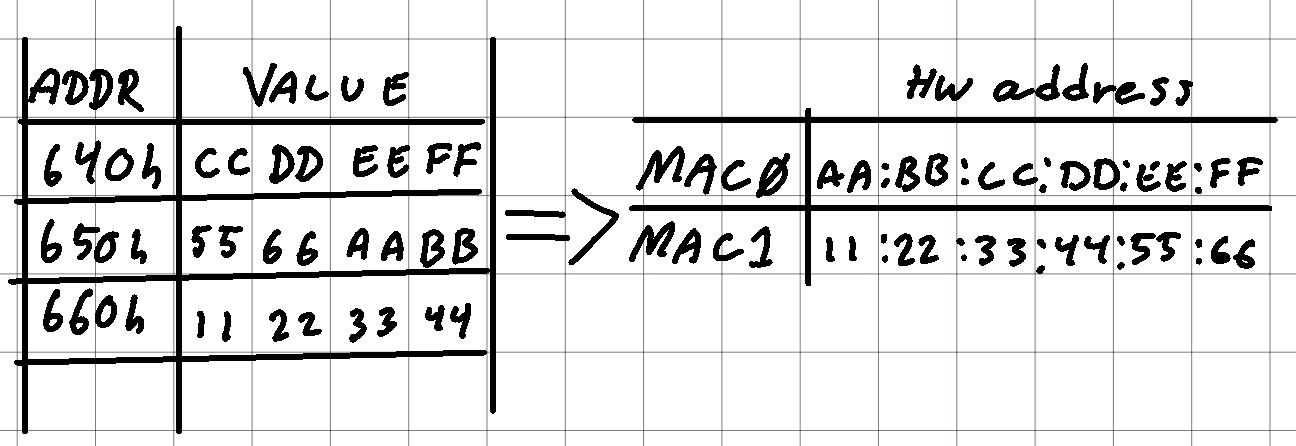Burn eFuses for MAC address on iMX8MP The iMX (iMX6, iMX7, iMX8) has a similiar OCOTP (On-Chip One Time Programmable) module that store, for example the MAC addresses for the internal ethernet controllers.
The reference manual is not clear either on the byte order or which bytes belong to which MAC address when there are several. In fact, I had to look at the U-boot implementation [1] to know for sure how these fuses is used:
